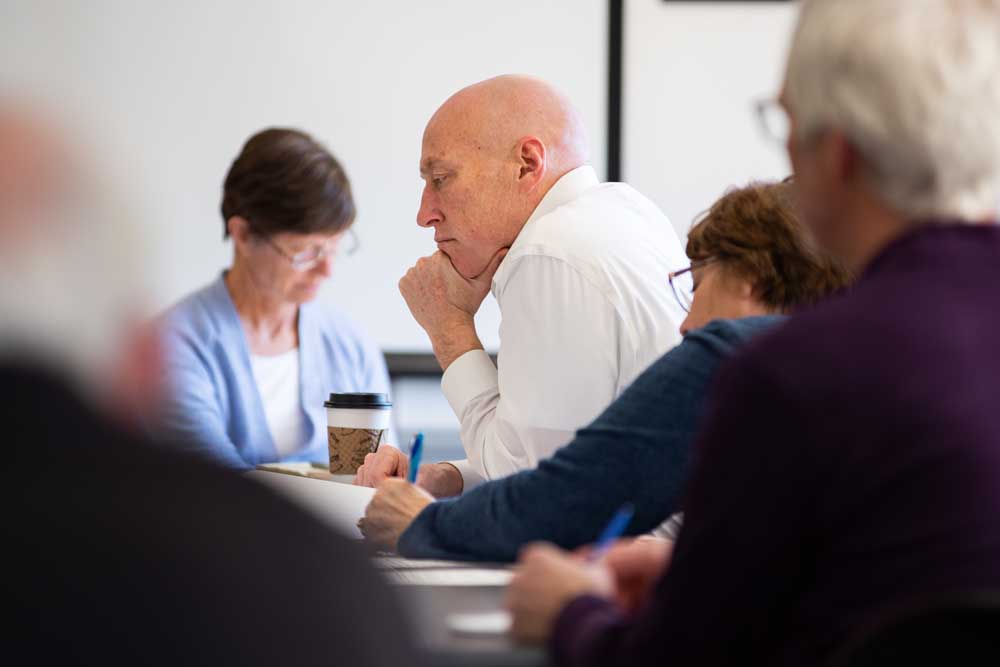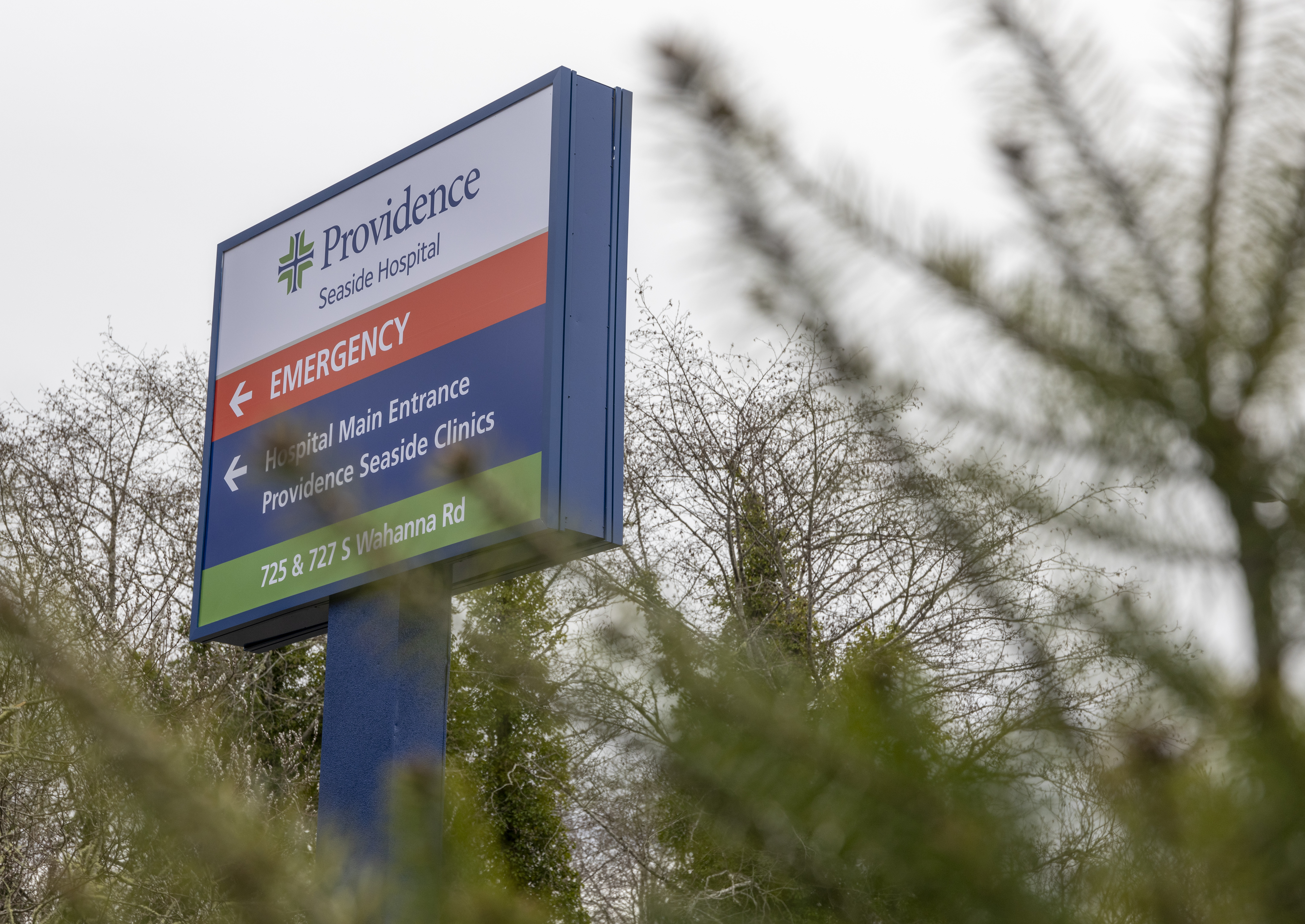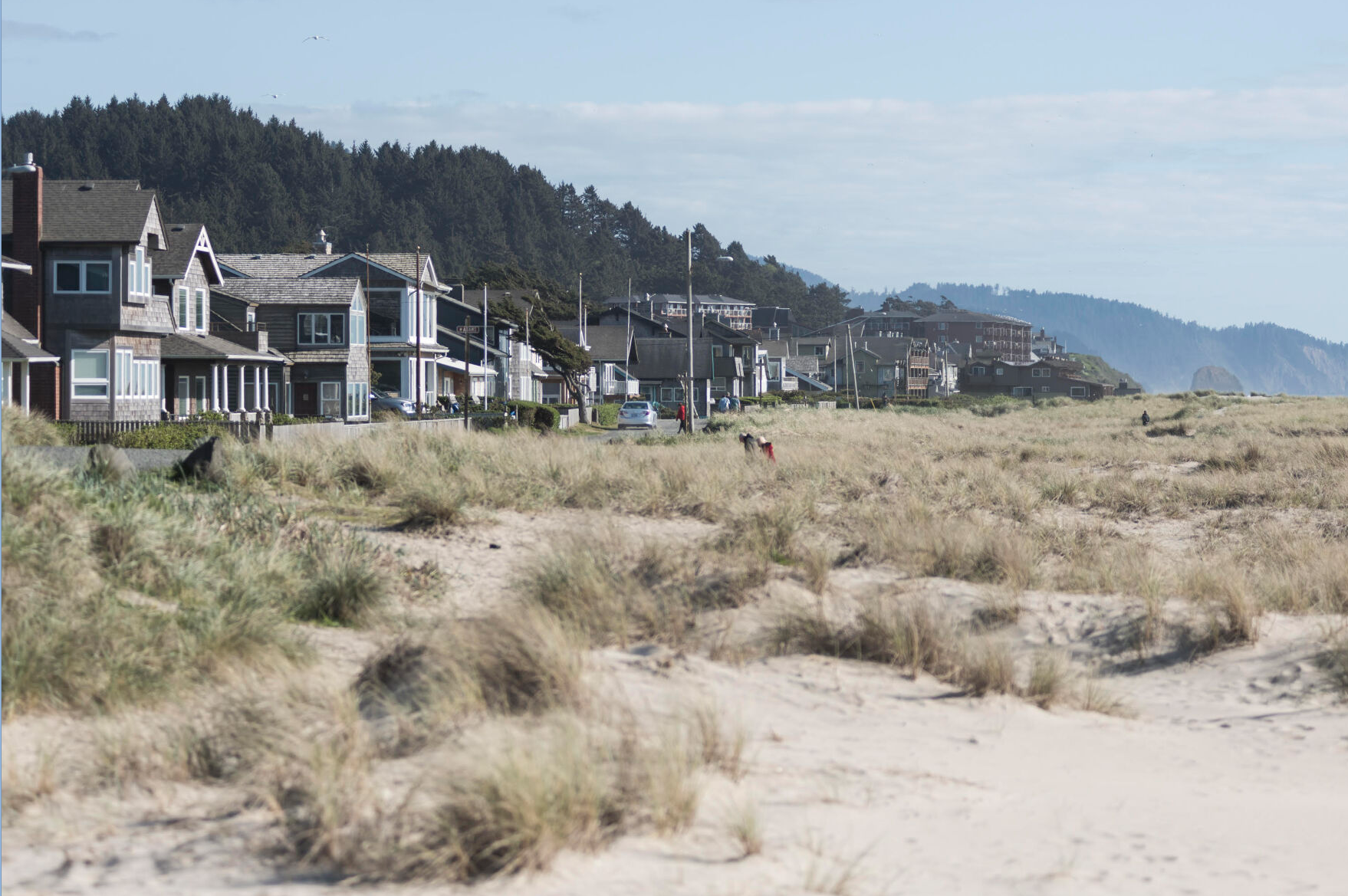Guest Column: State has more money, and more challenges, than ever before
Published 12:30 am Saturday, December 21, 2024

- Tim Nesbitt
Once every decade or so, state government gets a big gift from Oregon taxpayers — a surge of revenues that exceeds the cost of maintaining ongoing services. This is one of those times, when the governor and lawmakers get to decide not just how to make ends meet, but how best to use new money to address new challenges.
Trending
In November, the state economist released a new revenue forecast that found an extra $2.7 billion flowing to state coffers above what was estimated last year for the current budget (2023-2025). Most of that extra money will be carried forward to the next budget period and added to a rising tide of revenues in the following two years (2025-2027). Even after paying out $1.8 billion in a new kicker payable in 2026, there will still be $35.6 billion in revenue to be allocated in the next budget period compared to $28.1 billion in the current period — an increase of 27%!
The last time we saw a surge in state revenue of this magnitude was in the tech-driven economy of the 1990s. But property tax reforms in that decade forced the state to devote the lion’s share of its revenue dividends to patching shortfalls in school budgets.
Revenues rebounded after a recession in the early 2000s, but those gains were wiped out in the Great Recession of 2008.
Trending
In both the 1990s and 2000s, what could have been a get-ahead decade for public services became an exercise in trying to protect schools while cutting other programs. Then, the 2010s became a decade of cost-cutting efforts — mostly focused on the Public Employees Retirement System, or PERS, along with new taxes for schools and rebuilding state capacity.
This decade can be different. The state economist doesn’t expect another recession. And, if one does occur, the state’s record level of reserves, now exceeding 20% of an annual budget, should be adequate to keep programs afloat. Further, although revenue gains are expected to moderate (to 7% to 8% per year) in the final years of this decade, so too is inflation (at 2.3% a per year) and population growth (at 0.6% per year). We should see revenue gains outstripping costs for the foreseeable future.
Deficits force exercises in paring budgets and resetting priorities. But surpluses create opportunities that are harder to grasp and get right. That’s the challenge that faces the governor and state legislators now.
We got our first look at how Gov. Tina Kotek intends to address this challenge in the recommended budget she released in December.
The center of attention and often the biggest problem for every state budget is funding for K-12 schools — but it shouldn’t be a problem this time.
Kotek is updating the K-12 funding formula and proposing a $600 million increase for the next two years.
That’s on top of a billion dollars in targeted funding from the new Corporate Activity Tax and another billion dollars in one-time funds from the corporate kicker. All told, that’s an additional $3,500 per student for the next two years after paying for PERS cost increases.
Is it time to move on from the school funding debate, at least for this budget, double down on delivering results for our students and shift the state’s focus to other challenges?
Kotek’s budget suggests as much, emphasizing the need to continue spending to meet the three-fold, interconnected crises of homelessness, housing and behavioral health, and arguing in her press release that “progress takes persistence” in sustaining an effort she launched in her first budget.
Time will tell if these expenditures become permanent line items in future budgets or short-term interventions that, once they pay off, can free up funds for more far-sighted purposes.
But there are challenges on the horizon that haven’t yet been recognized in existing budgets. They’re the kind that get harder and more expensive to solve the longer they are ignored.
One example is the need to create a permanent funding mechanism to respond to the increasing likelihood of severe wildfires and catastrophic weather events in a changing and more volatile climate. Diverting additional funding from an already robust Rainy Day Fund to a new fund for climate resilience could serve that purpose. Kudos to the governor for suggesting exactly that to deal with wildfire costs.
Another example arises from the fact that local governments are not benefiting from economic growth the way state government is.
That’s already evident in the number of cities and counties facing shortfalls in their budgets.
And that problem will only become more acute if state policymakers expect them to absorb more housing and then leave them tied to a property tax system that can no longer keep up with the rising costs of providing services to a growing population. Creating a state revenue sharing program for cities that excel in building affordable housing would reward them for shouldering the burdens of growth.
Oregon taxpayers have given the state its best budget in decades. It will be much easier now for the governor and lawmakers to stabilize existing programs within state government. But they can do better than that, if they respond with foresight to the horizon issues that require a far-sighted and expansive vision for the state as a whole — not just for one budget, but for years to come.









